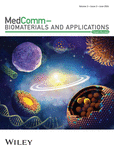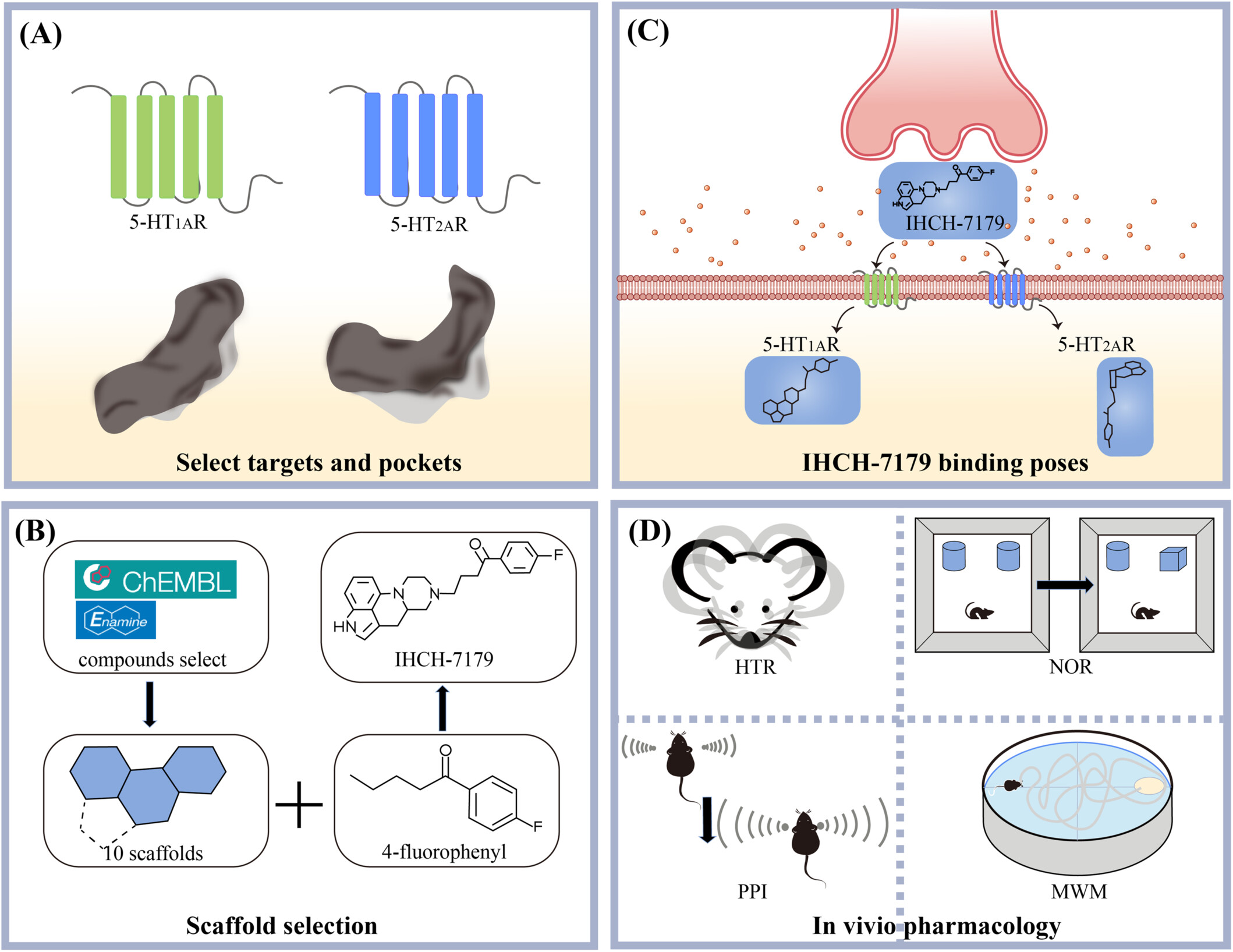Journal list menu
Export Citations
Download PDFs
ISSUE INFORMATION
HIGHLIGHT
Advancing polypharmacological drug design: A dual-targeted approach for treating psychiatric disorders
- First Published: 24 June 2024
Cas13d wants to compete with Cas9 to benefit tumor patients by enhancing precision CAR T therapy
- First Published: 16 June 2024
EDITORIAL
ORIGINAL ARTICLES
Evaluation of cell-laden three-dimensional bioprinted polymer composite scaffolds based on synthesized photocrosslinkable poly(ethylene glycol) dimethacrylate with different molecular weights
- First Published: 16 June 2024
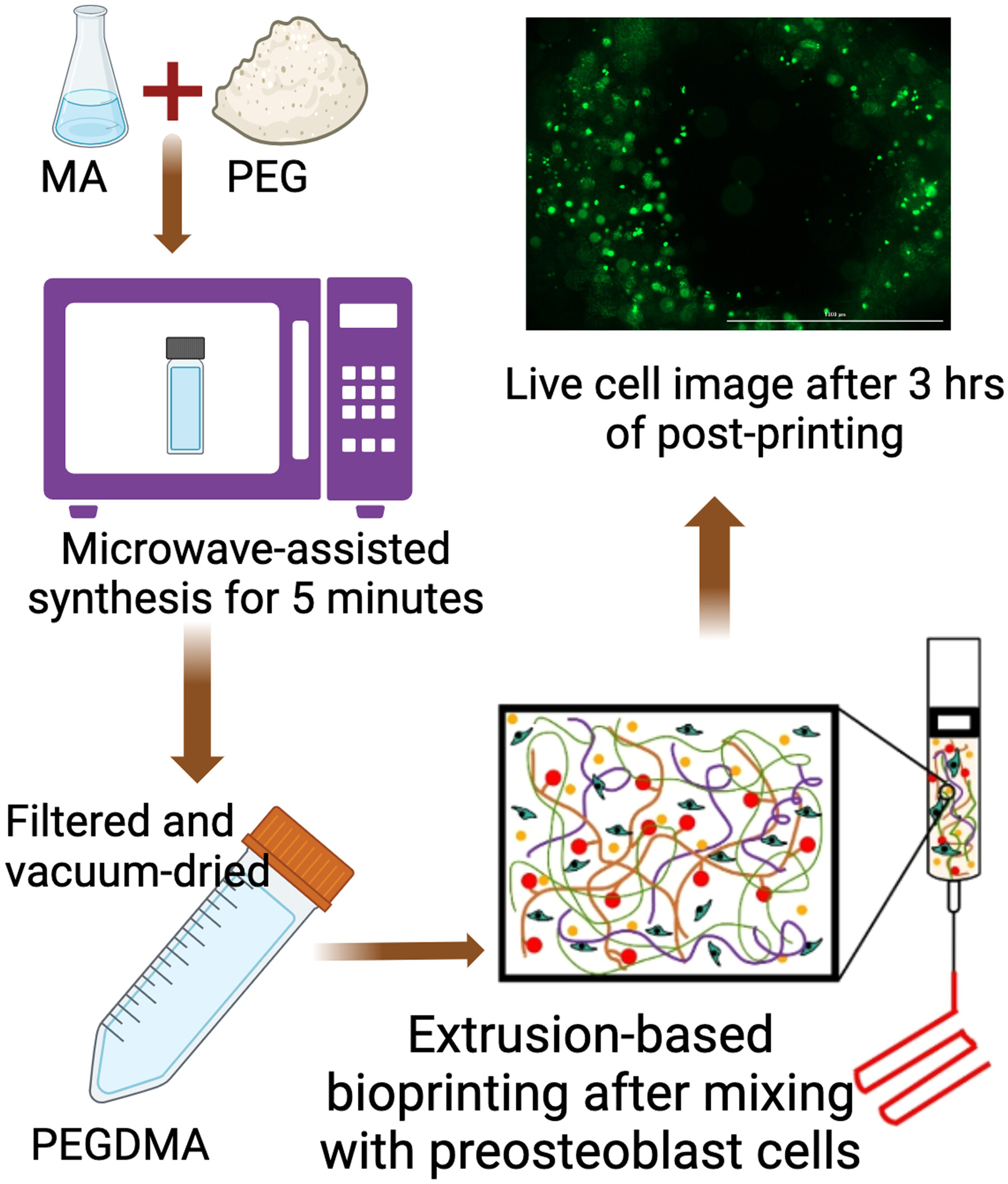
The schematic representation illustrates the process of three-dimensional (3D) bioprinting and photocrosslinking a cell-laden scaffold based on poly(ethylene glycol) dimethacrylate (PEGDMA). In this study, PEGDMA was synthesized using a microwave-assisted synthesis method. The bioink comprised a mixture of PEGDMA-based polymer and murine preosteoblasts. The cell-laden PEGDMA-based scaffolds were then 3D bioprinted using an extrusion-based 3D printer. The scaffolds demonstrated over 80% cell viability over a 7-day study period.
Customized 3D-printed heterogeneous porous titanium scaffolds for bone tissue engineering
- First Published: 22 May 2024
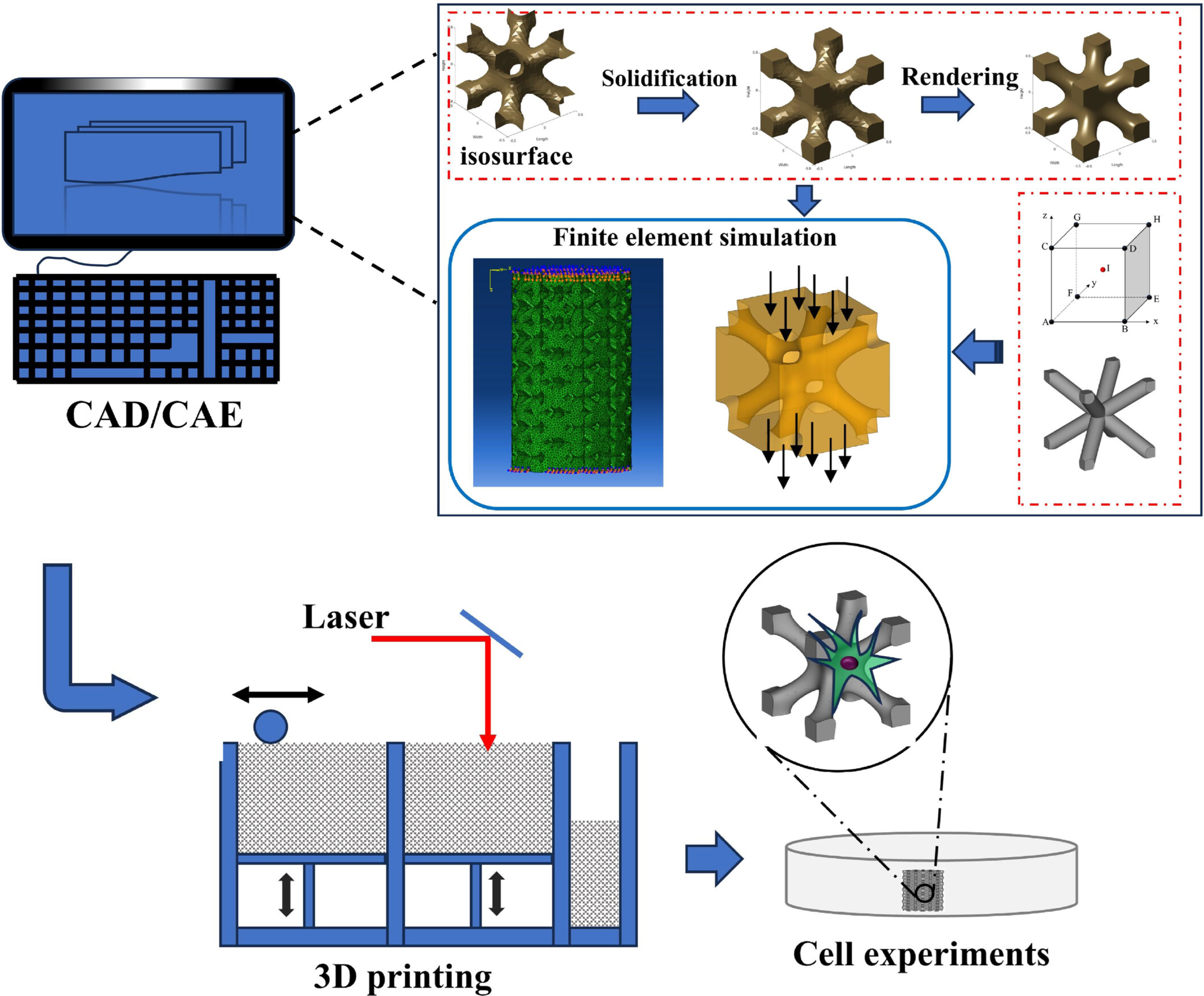
By inspiration of the natural bone structure, a heterogeneous porous titanium scaffold was designed to mimic both the cortical and cancellous bone. The scaffold was fabricated by selective laser melting printing, and the finite element simulation was applied to evaluate the scaffold's mechanical properties. This customized 3D-printed heterogeneous porous titanium scaffold has potential in bone tissue engineering application.
REVIEW ARTICLES
A review on polymers in ocular drug delivery systems
- First Published: 23 April 2024
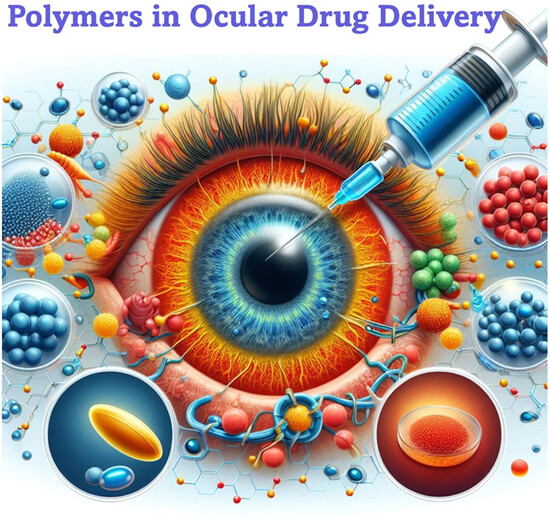
Polymers play a pivotal role in ocular drug delivery, revolutionizing treatment approaches. These biomaterials enable controlled and sustained drug release at the targeted site, enhancing bioavailability and patient compliance. From nanosized particle-based formulations to in situ gelation mechanisms, polymers offer improved treatment options for a diversity of ocular diseases (Figure created using Microsoft Designer).
EDITORIAL
It is time to thoroughly evaluate the risks of mRNA drug and vaccine toxicity
- First Published: 05 April 2024
REVIEW ARTICLES
Carbon nanomaterials-based electrically conductive scaffolds for tissue engineering applications
- First Published: 17 April 2024
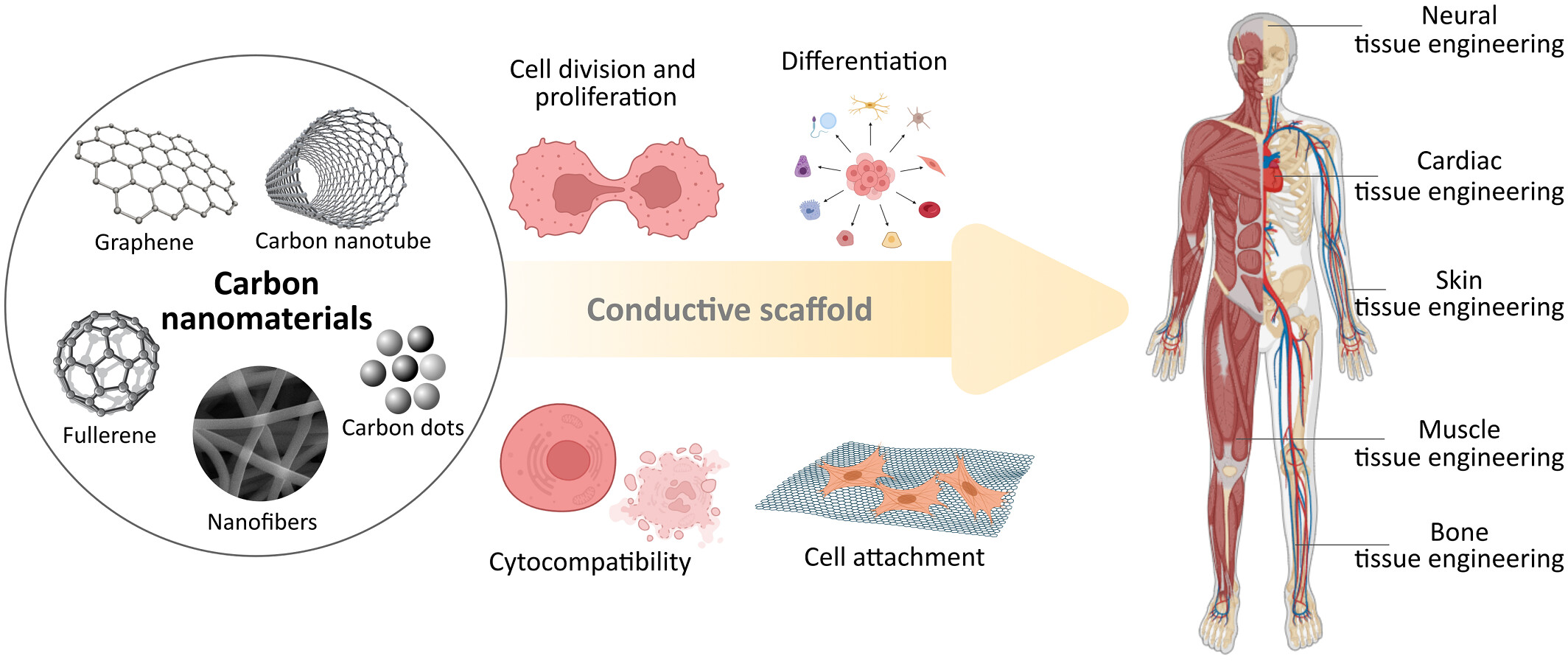
Innovative carbon-based conductive scaffolds hold promise in tissue engineering, providing structural support and electrical cues crucial for regenerating functional tissues. This review explores the versatility of carbon nanomaterials, emphasizing their role in advancing biomimetic scaffolds, with a focus on electrical stimulation for enhanced tissue regeneration and maturation.
EDITORIAL
Human brain extended: Neuralink's brain-computer interface trial starts
- First Published: 14 May 2024




